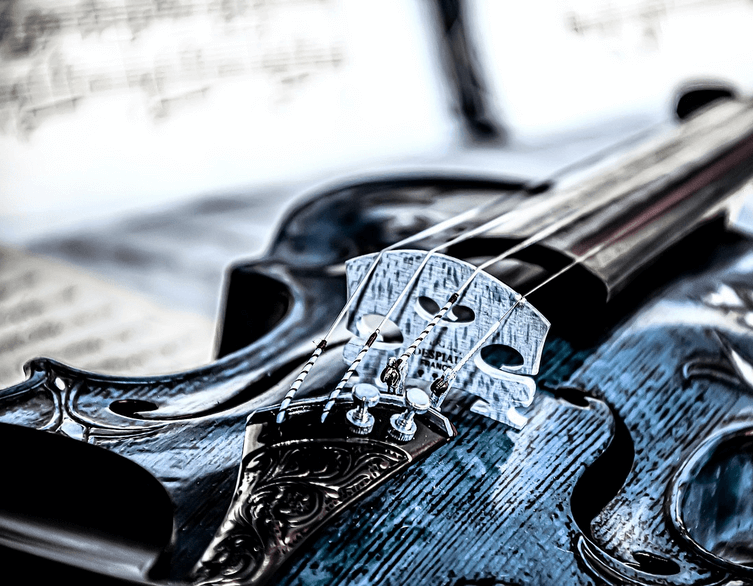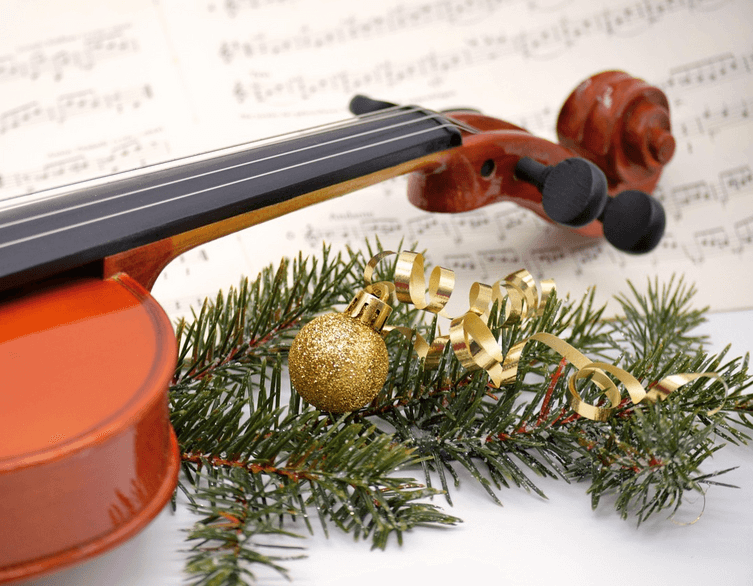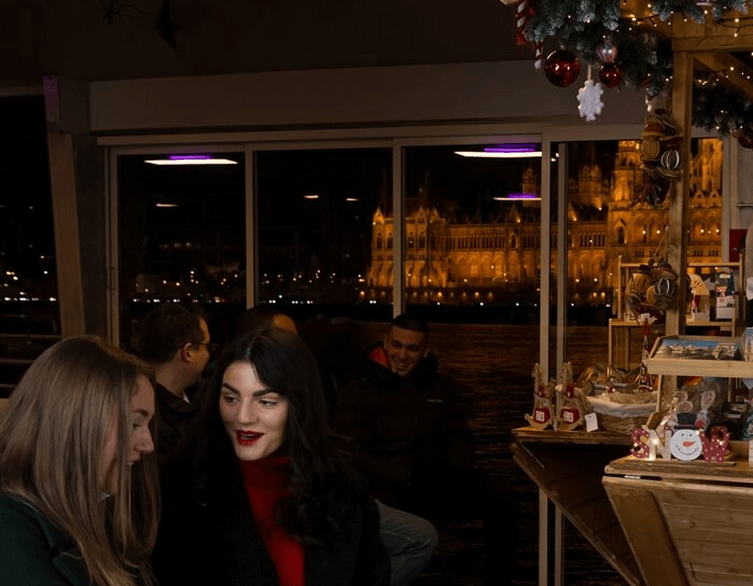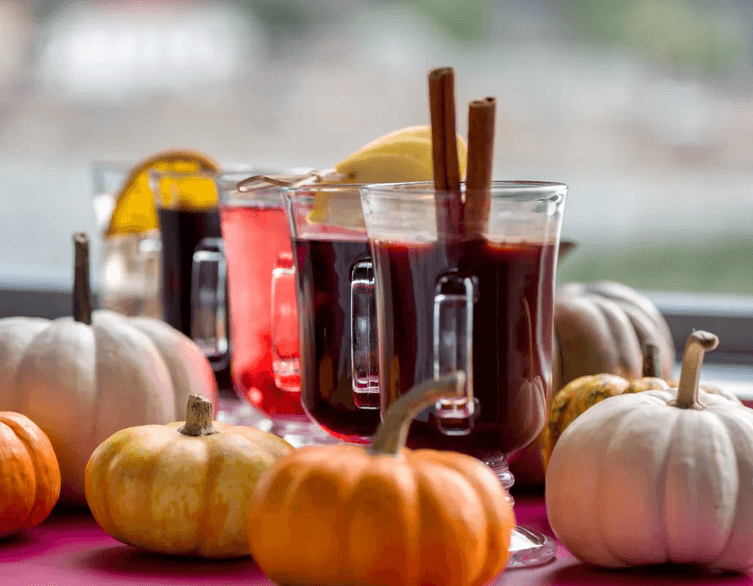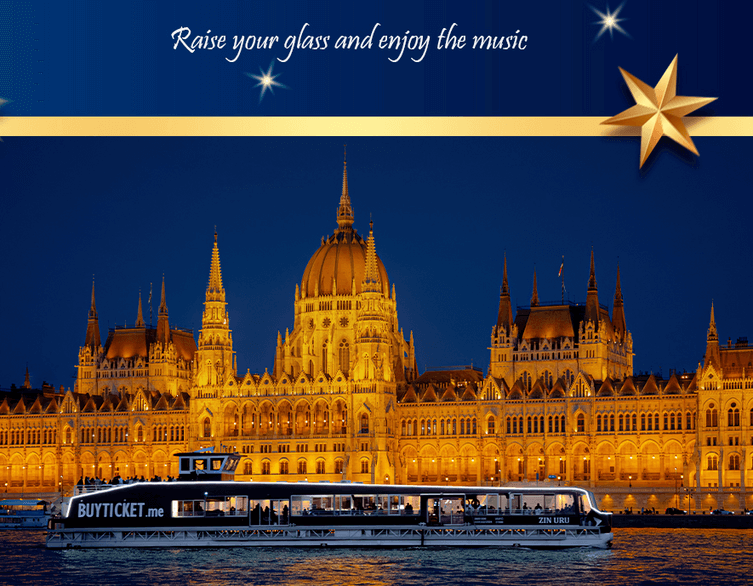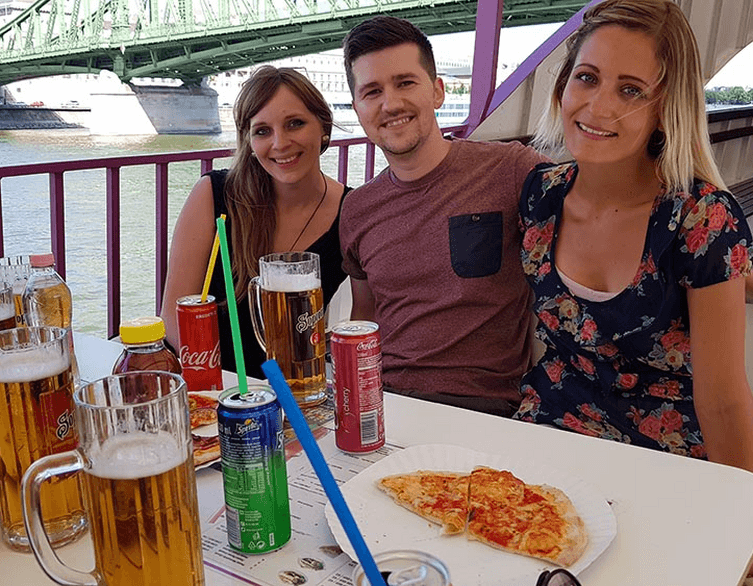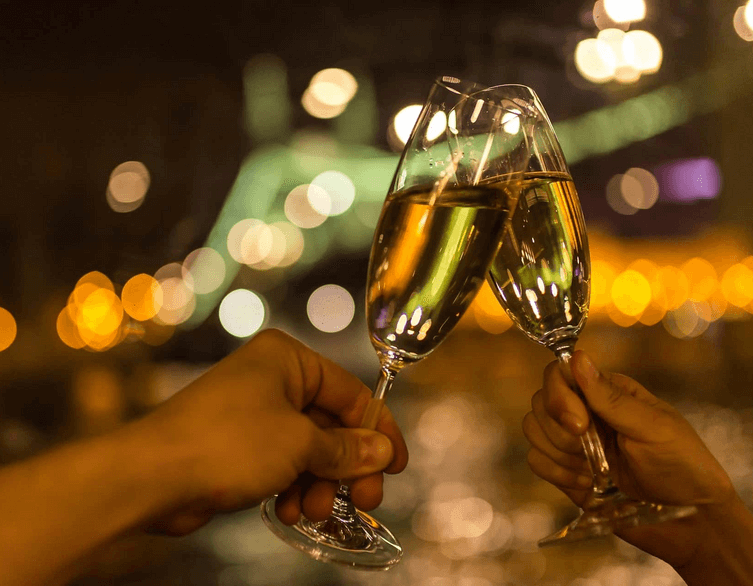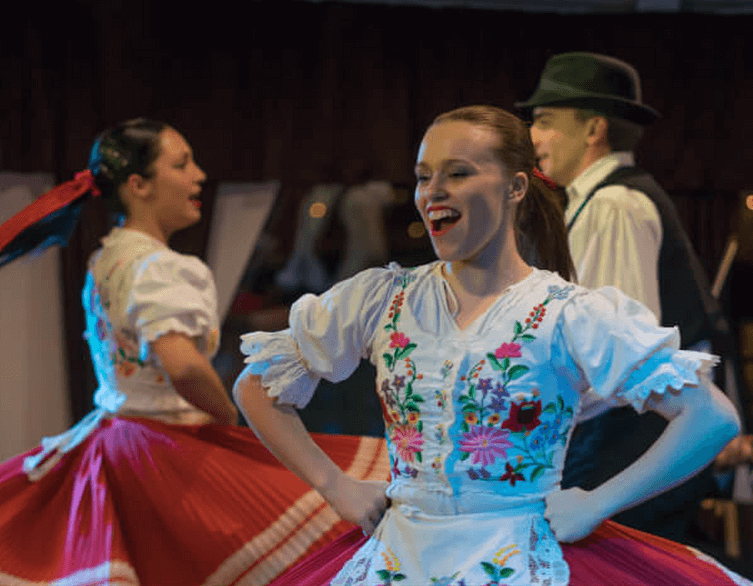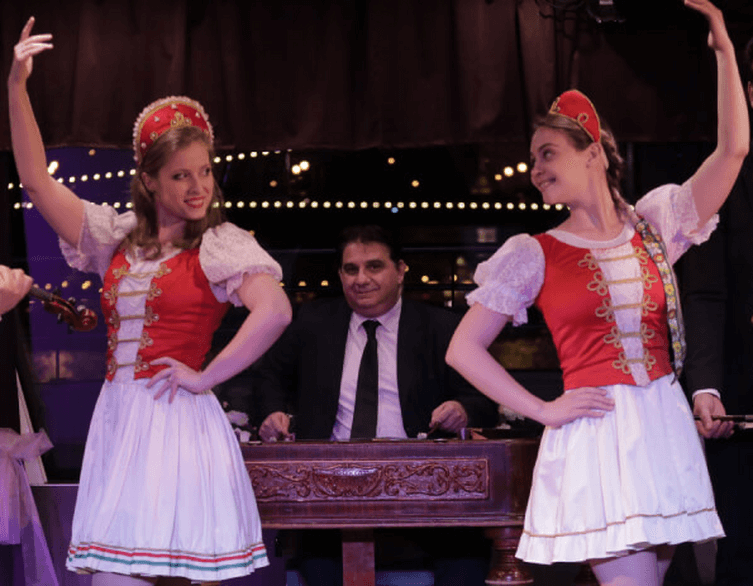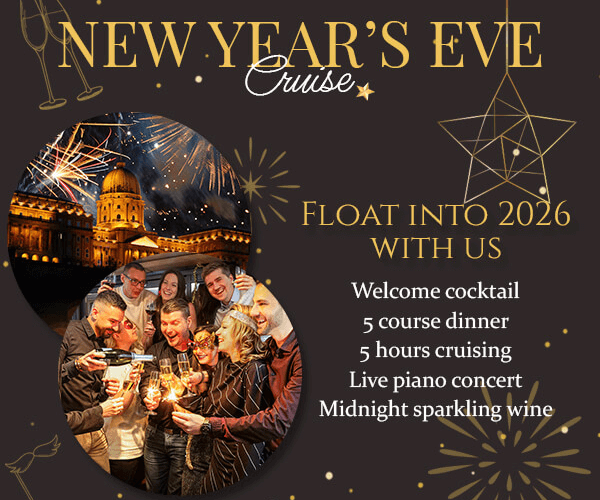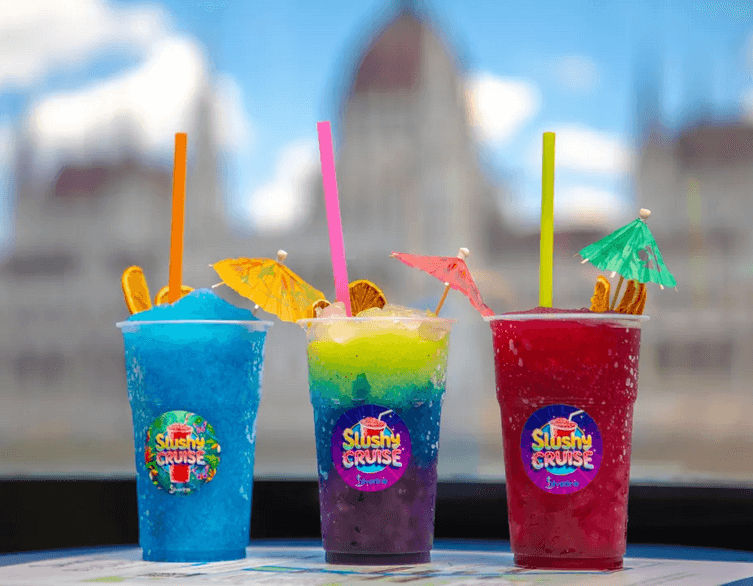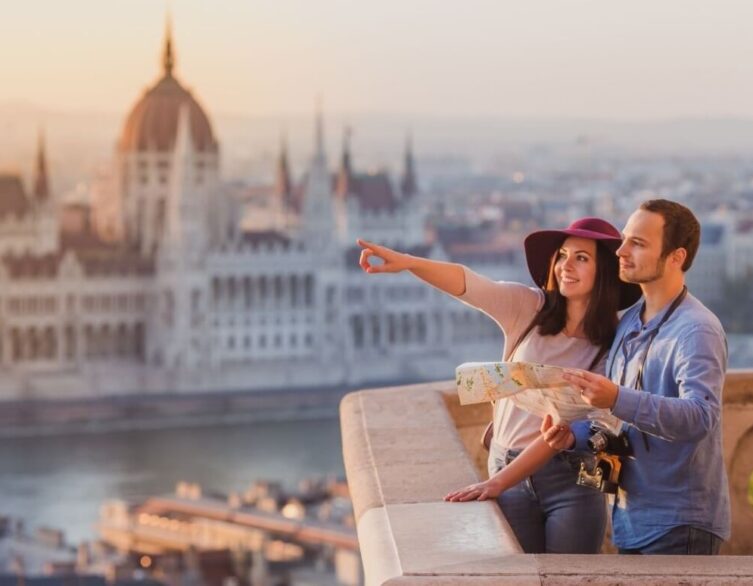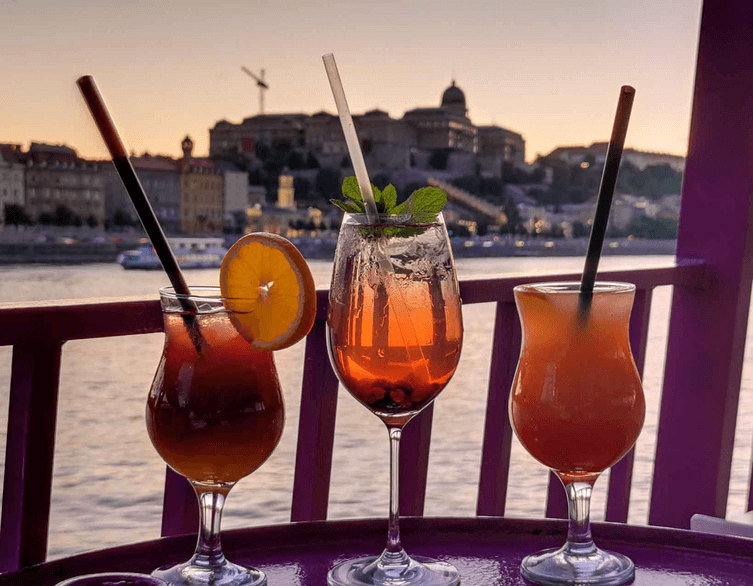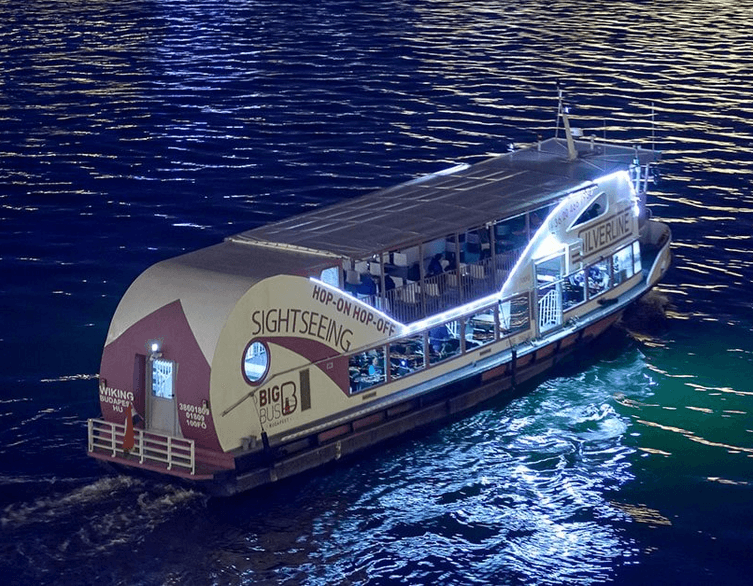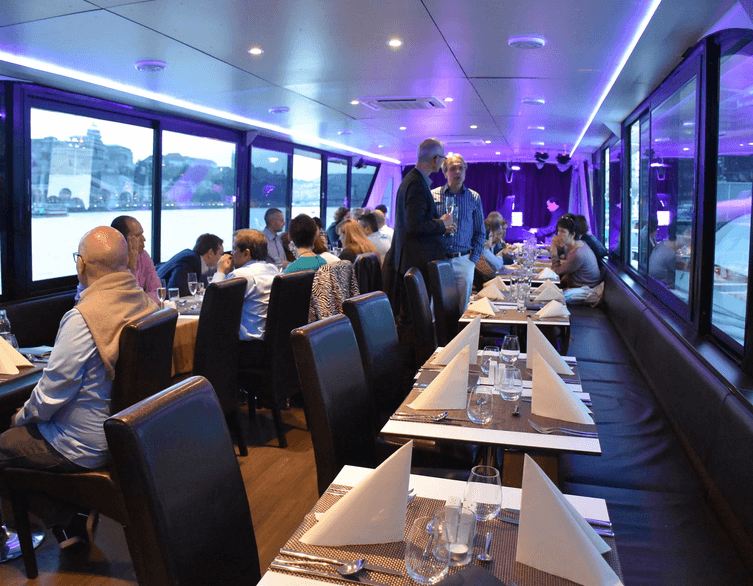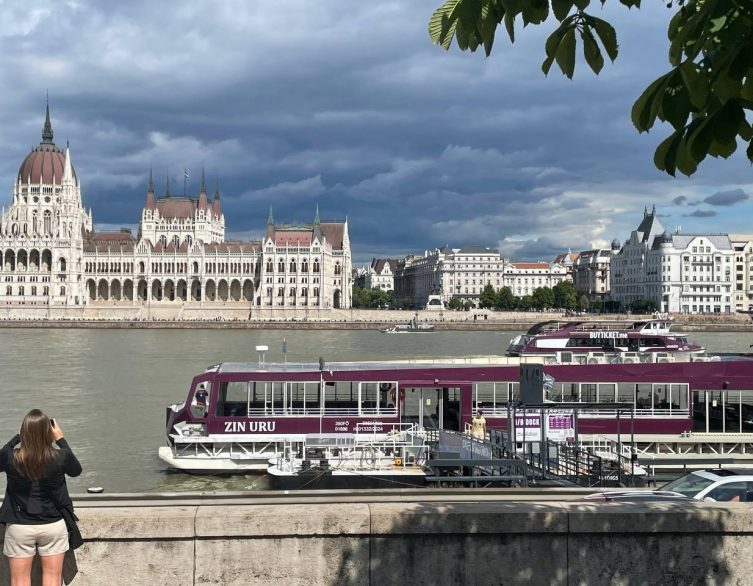Is Budapest Becoming Europe’s New Fashion Capital? The BCEFW Revolution
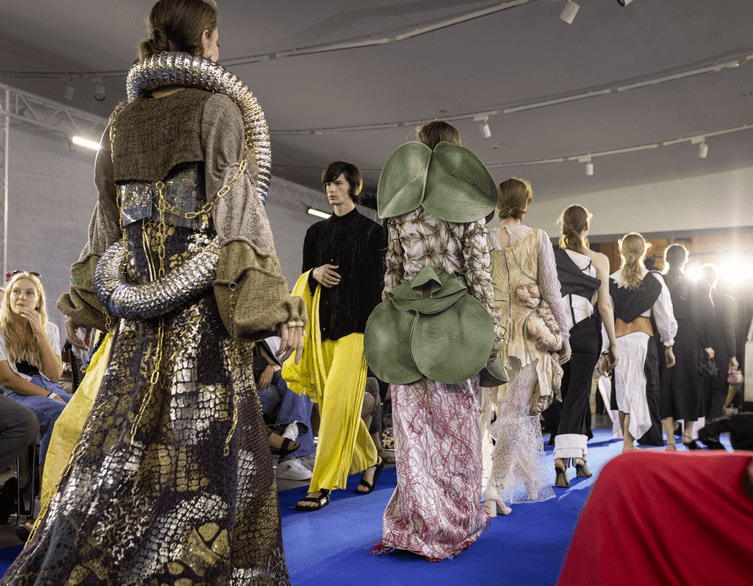
Something extraordinary has been happening in Budapest that’s causing fashion insiders to take notice. The 16th Budapest Central European Fashion Week, held from September 1-7, 2025, wasn’t just another regional fashion event – it was a statement that Hungary’s capital is ready to claim its place among Europe’s fashion destinations.
A Fashion Week That Rewrites the Rules
When most cities try to create a fashion week, they follow predictable formulas. Copy Copenhagen’s sustainability focus, mimic Milan’s luxury approach, or attempt to recreate Paris’s prestige. Budapest has chosen a different path entirely, and that’s exactly what makes it so compelling for fashion-conscious travelers visiting the city.
The Budapest Central European Fashion Week has evolved dramatically since its 2018 launch under the Hungarian Fashion & Design Agency. What started as a modest regional showcase has transformed into something much more ambitious – a genuine attempt to create a Central European fashion hub that reflects the unique creative energy of the region. Rather than trying to be another Copenhagen, Budapest has embraced its own distinct character, recognizing that not every creative community can authentically represent Nordic minimalism or radical sustainability approaches.
Where University Meets Runway
One of the most striking aspects of BCEFW 2025 was its commitment to nurturing new talent. For the first time, university diploma collections from both MOME (Moholy-Nagy University of Art and Design) and Budapest Metropolitan University received official programming alongside established brands. The MOME students showcased their work right on campus, while Metropolitan University graduates presented at the prestigious National Museum.
This isn’t just about giving students a platform – it’s about creating a pipeline of creativity that keeps Budapest’s fashion scene fresh and innovative. For visitors interested in discovering tomorrow’s fashion stars today, these university shows offered something you simply can’t find at more established fashion weeks. The sold-out university presentations demonstrated genuine public appetite for emerging design talent.
Best deals of Budapest
A True Regional Showcase
While the name suggests a Central European focus, BCEFW 2025 delivered on that promise in spectacular fashion. Over 100 designers participated, with 70 representing Hungary and 30 from neighboring countries including Czech Republic, Romania, Slovenia, Slovakia, Serbia, and Ukraine. This regional approach creates something unique in the fashion calendar – a chance to see how different Central European cultures interpret contemporary style.
The weekend shows at Millenáris became a true celebration of regional creativity, with each country’s designers bringing their distinct aesthetic perspectives to Budapest’s stages. For tourists, this meant experiencing not just Hungarian fashion, but getting a comprehensive view of Central European design thinking. Fashion industry experts, distributors, and media representatives from fifteen countries attended, making this a genuinely international event.
Iconic Venues, Iconic Moments
BCEFW didn’t just use any available spaces – it transformed Budapest’s most recognizable locations into fashion destinations. The Apollo Gallery served as a key venue, where fashion shows unfolded against a backdrop of contemporary art by Áron Baráth, creating a dialogue between visual art and wearable design.
The Four Seasons Múzsa bar, Dorothea Hotel, and W Budapest all became unofficial headquarters for fashion industry networking. For visitors staying at these hotels or dining at associated restaurants during fashion week, the city took on an entirely different energy – suddenly every bar conversation might involve international buyers, every restaurant table could be hosting fashion editors from across Europe.
Established Names, Fresh Perspectives
The weekend’s main program featured some remarkable moments from established Hungarian brands. Nanushka, celebrating its 20th anniversary, presented “Reflections,” a collection exploring the connection between human consciousness and metaphysical realms. This wasn’t just fashion – it was philosophy made wearable, demonstrating the intellectual depth that characterizes Budapest’s fashion scene.
Aeron took a different approach, focusing on authentic human connections in their Spring-Summer 2026 collection. The contrast between these two major Hungarian brands showed the breadth of creative thinking emerging from Budapest’s fashion scene. A surprise highlight came from Bucharest-based Medeea, whose sharp, decisive aesthetic added an international flavor that demonstrated BCEFW’s growing regional influence.
Beyond the Catwalk Experience
What sets BCEFW apart from many fashion weeks is its commitment to creating experiences beyond traditional runway shows. Over 50 accompanying events throughout Budapest meant that approximately 7,000 fashion week visitors could engage with the city’s creative community through professional discussions, workshops, cultural events, and gastronomic experiences.
The Fashion Hub at the National Dance Theater became a particular highlight, featuring presentations from industry leaders like Ryan Thomas Roth discussing connections between personal stories and global trends. Models Evelyn Nagy, Márta Varr, and Laura Tóth shared career insights, while perfumer Zsolt Zólyomi explored the art of fragrance creation. These events offered visitors genuine insights into how the creative industry works, not just spectacle.
International Recognition Grows
The appointment of Dora Fung, editor-in-chief of 10Magazine USA, to BCEFW’s international advisory board signals growing international recognition. According to Zsófia Jakab, Ministerial Commissioner for Creative Industry Development and CEO of HFDA, this development will “further strengthen professional standards and international visibility.”
For Budapest’s tourism industry, this matters enormously. Fashion weeks bring a specific type of cultural tourism – visitors who spend money on hotels, restaurants, and shopping while contributing to the city’s reputation as a creative destination. The fashion industry represents one of Hungary’s most dynamically developing economic sectors, with 7,420 companies operating in textile, clothing, leather, and leather product manufacturing, generating 80 percent of their revenue from exports.
Sustainability Meets Style
Environmental consciousness played a significant role throughout BCEFW 2025, with multiple events highlighting sustainable practices in fashion. The collaboration with MOHU Mol Waste Management Ltd. and Millenáris included collection containers for shoes and textiles that were completely filled during the event, demonstrating real commitment beyond mere rhetoric.
Over 30 educational institutions and nearly 250 students and representatives attended presentations, gaining firsthand experience of how the creative industry works. This educational component ensures that sustainability thinking becomes embedded in the next generation of Hungarian designers.
The City as Collaborator
Perhaps most importantly, BCEFW 2025 demonstrated how a fashion week can create genuine dialogue between fashion and its host city. Budapest didn’t just provide venues – it became an active participant in the creative process. The choice of locations, from university campuses to historic museums to contemporary galleries, showed how the city’s cultural infrastructure can enhance and elevate fashion presentations.
For tourists visiting Budapest, understanding this relationship helps explain why the city feels so naturally suited to fashion and design. The same architectural beauty that draws millions of visitors annually provides an ideal backdrop for contemporary fashion, while the city’s growing reputation for innovation creates the perfect environment for creative risk-taking.
BCEFW 2025 sent a clear message: Budapest is ready to speak with its own voice in international fashion, and for perhaps the first time, the world is genuinely listening. For fashion-conscious travelers, this makes Budapest an increasingly compelling destination – not just to see beautiful buildings and taste excellent food, but to witness the emergence of a new creative force in European fashion. The fashion week has evolved from a simple showcase into a complete experience that positions Budapest as more than just a venue – it’s becoming a genuine player on the international fashion map.
Related events

